
Mic Patterson Named FTI’s Ambassador of Innovation & Collaboration
Patterson is a co-founder and former President of the Institute, and accepted this posting after passing the mantle of presidency to President Elect Dr. Helen Sanders.

Patterson is a co-founder and former President of the Institute, and accepted this posting after passing the mantle of presidency to President Elect Dr. Helen Sanders.
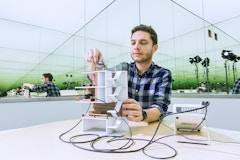
Augsburg University has announced a new curtainwall engineering compact program designed for the architect or engineer practicing internationally...

Architecture students from Philadelphia University took five of the top ten spots in the building Healthy building(s) competition. The student competition was conducted as a precursor to an upcoming conference...

Attendee survey results are in for the recent Facade Tectonics Forum: Chicago! with 100% reporting they will attend another event and recommend FTI events to others, and 96% reporting that speakers and presentations met or exceeded expectations.

Healthy buildings were explored in a recent conference in Germany. Hosted by Schuco International, participants from 18 universities, representatives from research institutes, and political and business leaders shared a spirited 2-day exchange of ideas.
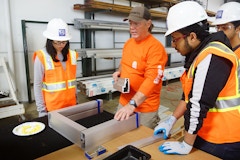
Fundamentals of Facade Technology: Jeff Vaglio, a proud Facade Geek and lifelong learning proponent, reports on a hands-on industry/academic collaboration at USC. Education is a core mission of the Facade Tectonics Institute, serving both academia and the building profession.
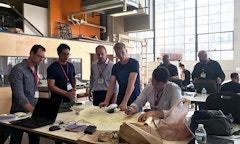
As an industry, we talk a lot about collaboration but the walk, not so much. This ceramics workshop is a stellar example of industry/academic/professional collaboration and worthy of the highest praise. We need more of this!
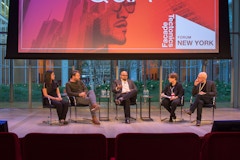
The recent Forum— Outside the Lines: Building Facades Redefine Urban Living in NYC —hosted by the Ornamental Metals Institute of New York was a rousing event that featured what is certainly among the best speaker programs ever organized by the Facade Tectonics Institute.
Performance attributes are gradually eclipsing those of appearance as people-centric and zero-impact design comes to dominate practices of buildings and urban habitat. Doug Noble has a message for those interested in preparing for a leadership role in the emerging future of the built environment.

Drawdown is an inspiring new effort to manage atmospheric carbon and the resulting climate impacts. This brief reveiw discusses the book, the movement, and the potential.
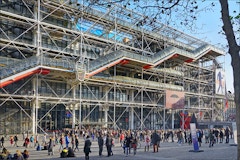
What does an engineer do? An engineer imagines. What are your sources of inspiration? Mic Patterson remembers Peter Rice and discusses his enduring legacy.

A design-build class at the University of Louisiana explores the territory of the “tiny-house.” Professor Geoff Gjertson describes the 216 square foot MODESTEhouse and shares his personal experience of living small.

A small team of digital designers at the Schüco Virtual Construction Lab (VCL) in NYC is developing a new way for clients to experience and evaluate facade products. The VCL will be demonstrating the technology at the conference in Los Angeles on March 12-13.

Mic Patterson unpacks his crystal ball and looks ahead to the forces that will shape buildings over upcoming decades. Expect some surprises down the road…

The Architectural Glass Institute (AGI) of Philadelphia, Pa., sponsored its second annual Architectural Glass Student Design Competition in January, where third-year Jefferson University architecture students competed to design glass learning pods.

The age-old trend of more and larger lites of glass in the building skin dates back to the Roman Empire. Despite the challenges of highly glazed facades, it appears we just can’t get enough. Is there a “beyond” glass? If so, what does it look like?
The 71Above restaurant on the 71st floor of the U.S. Bank Tower features 192 electrochromic windows installed by Giroux Glass, Inc. Explore the sensory experience made possible by glazing choices and why we’re apt to see more tech-driven smart window installations in the future.

NYCCT Architecture Program Chairman Sanjive Vaidya, asked HOK facades architect John Neary to give a design studio focused on detailing the building skin system. With HOK designer Michael Miller, Neary led a group of students through the facade system design development process.
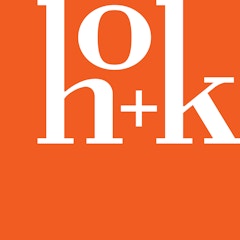
HOK is a global design, architecture, engineering and planning firm. Our people collaborate across a network of 24 offices on three continents.
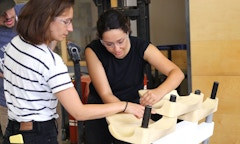
2018 teams included; Morphosis, SHoP Architects, Sasaki/Studio NYL, University at Buffalo, AECOM, and Radical Matter. The ACAWorkshop is an outstanding model of industry-academia partnership aimed at the ongoing education of students and practitioners alike.